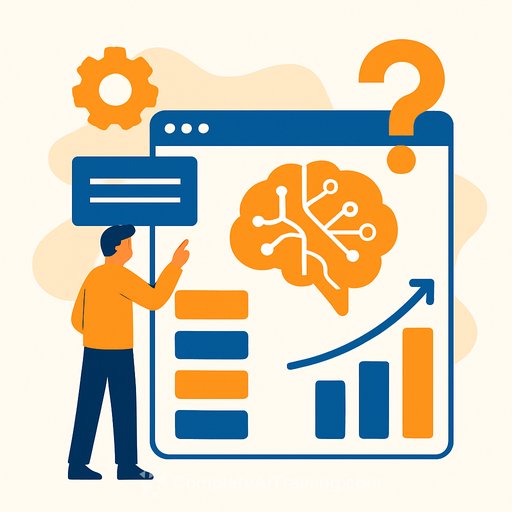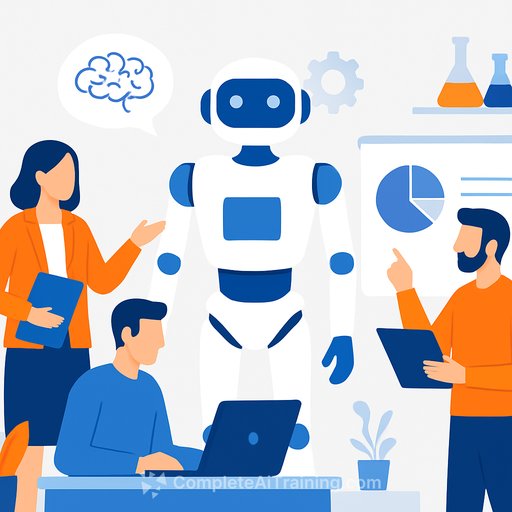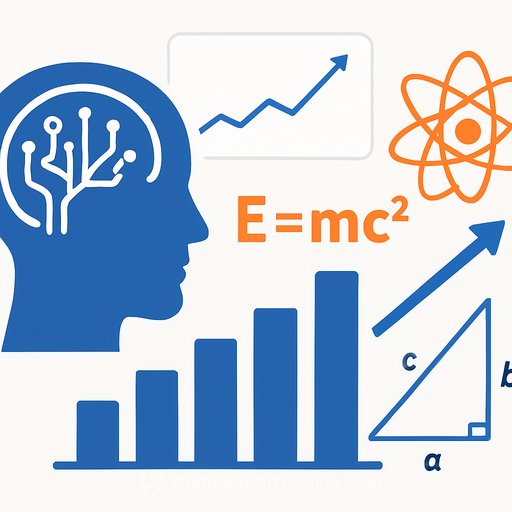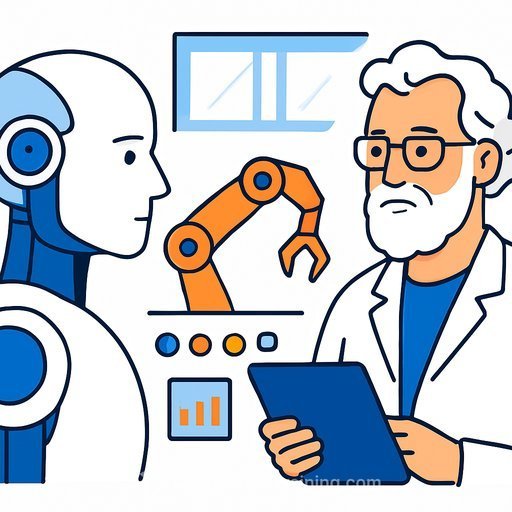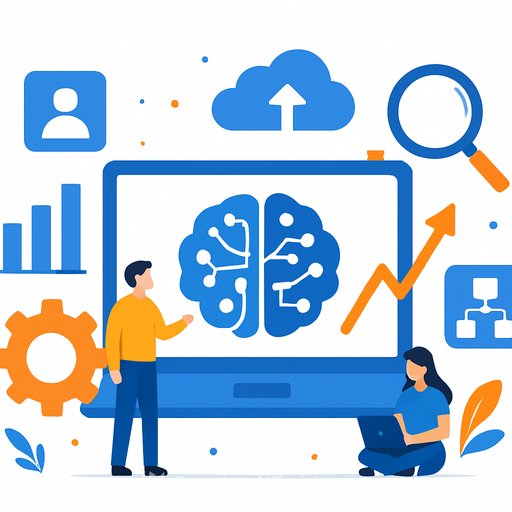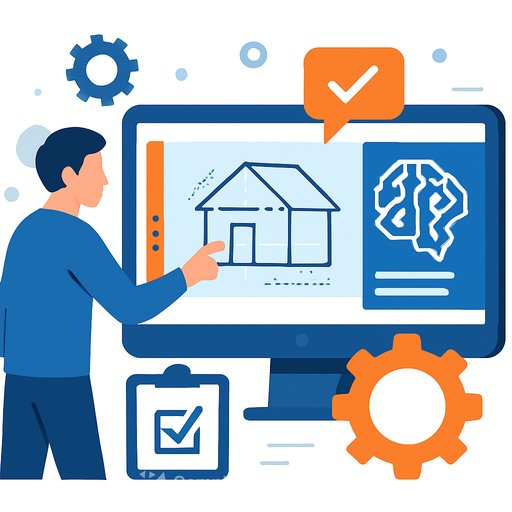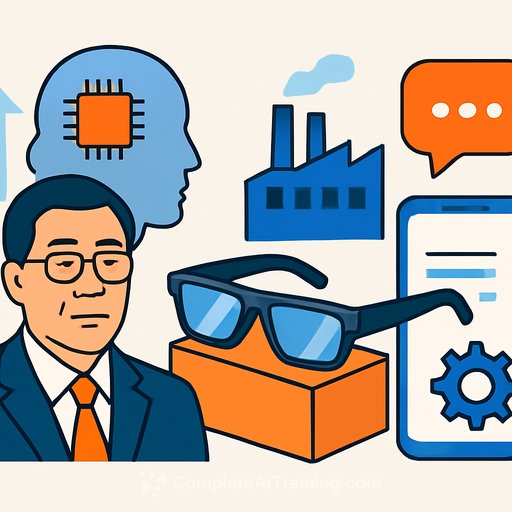A Technical Roadmap to Context Engineering in LLMs: Mechanisms, Benchmarks, and Open Challenges
Large Language Models (LLMs) are evolving, and so is the way we guide them. Context Engineering emerges as a structured approach to organizing and optimizing the information that informs LLMs. Unlike traditional prompt engineering, which treats context as a static input, context engineering views it as a dynamic, modular system designed for better comprehension, reasoning, and adaptability.
What Is Context Engineering?
Context Engineering involves the science and practice of assembling and refining all forms of context fed into LLMs to achieve optimal performance. This means treating context as an organized set of components—carefully sourced and structured—rather than a single prompt string. The goal is to improve how LLMs understand, reason, and apply knowledge, often within strict resource and architectural limits.
Taxonomy of Context Engineering
-
Foundational Components
- Context Retrieval and Generation: Goes beyond prompt engineering to include in-context learning methods like zero/few-shot learning, chain-of-thought, and graph-of-thought. Integrates external knowledge sources such as Retrieval-Augmented Generation (RAG) and knowledge graphs. Techniques like the CLEAR Framework and dynamic template assembly are key here.
- Context Processing: Focuses on handling long sequences with architectures like Mamba and FlashAttention. It also covers context self-refinement through iterative feedback and supports multimodal and structured data integration, including vision, audio, and graphs. Approaches such as attention sparsity and memory compression help manage complexity.
- Context Management: Deals with memory hierarchies, including short-term windows and long-term storage, often using external databases. Techniques like memory paging and compression (autoencoders, recurrent compression) enable scalable context handling across multi-turn conversations and multi-agent systems.
-
System Implementations
- Retrieval-Augmented Generation (RAG): Combines modular and agentic architectures with graph enhancements to integrate external knowledge dynamically. Supports real-time updates and complex reasoning over structured data.
- Memory Systems: Employ persistent, hierarchical storage solutions such as MemGPT and external vector databases. These systems are crucial for long conversations, personalized agents, and simulation environments.
- Tool-Integrated Reasoning: Enables LLMs to interact with external tools like APIs, search engines, and code interpreters. This integration expands capabilities into areas like programming, web interaction, and scientific research.
- Multi-Agent Systems: Coordinates multiple LLM agents through standardized protocols and shared contexts, facilitating collaborative problem-solving and distributed AI workflows.
Key Insights and Research Gaps
- Comprehension–Generation Asymmetry: While LLMs can process complex contexts, generating equally sophisticated or lengthy outputs remains challenging.
- Integration and Modularity: Combining retrieval, memory, and tool-use modules yields the best results.
- Evaluation Limitations: Traditional benchmarks like BLEU or ROUGE don't fully measure the nuanced, multi-step reasoning and collaboration that context engineering enables. New, dynamic evaluation methods are needed.
- Open Questions: Theoretical foundations, computational efficiency, cross-modal integration, real-world deployment, and ethical considerations are ongoing challenges.
Applications and Impact
Context engineering supports AI systems that are adaptable across domains, including:
- Long-document and complex question answering
- Personalized digital assistants with memory augmentation
- Scientific, medical, and technical problem-solving
- Collaborative multi-agent systems in business, education, and research
Future Directions
- Unified Theory: Developing mathematical and information-theoretic frameworks to formalize context engineering principles.
- Scaling & Efficiency: Innovating attention mechanisms and memory management to handle larger, more complex contexts.
- Multi-Modal Integration: Coordinating text, vision, audio, and structured data seamlessly.
- Robust, Safe, and Ethical Deployment: Ensuring AI systems are reliable, transparent, and fair in real-world applications.
Context Engineering is positioning itself as a critical discipline for designing intelligent systems built on LLMs. It shifts the focus from simply crafting prompts to systematically optimizing and managing the information that powers AI models.
For those interested in expanding their skills in this area, exploring relevant AI training courses can provide practical insights and hands-on experience.
Your membership also unlocks:

